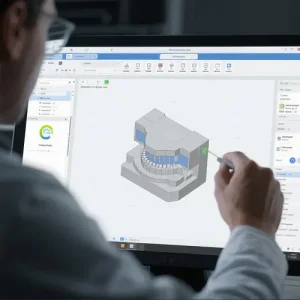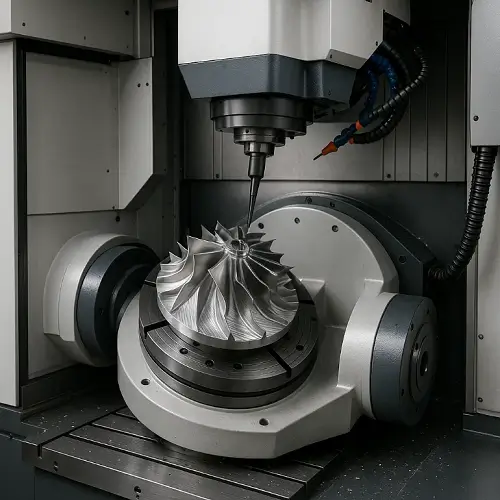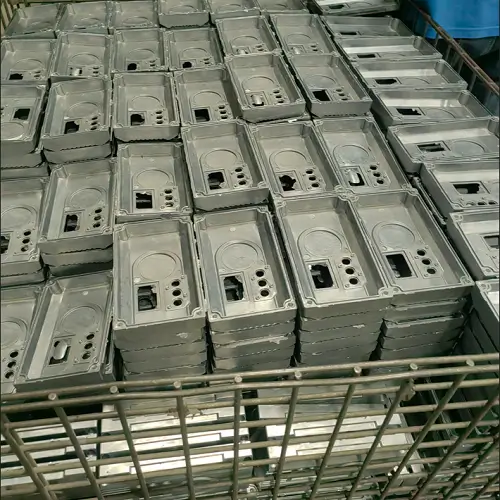In prototype development, it’s easy to focus solely on performance and appearance. But when a design hits the production floor, manufacturability becomes the real test. A great concept can fail—not because it doesn’t work—but because it can’t be built efficiently.
That’s where Design for Manufacturability (DFM) plays a critical role. For CNC machining and low-volume production, applying DFM principles early in the design process helps avoid delays, redesigns, and waste.

What Is DFM and Why It Matters in Prototyping?
Design for Manufacturability, or DFM, refers to engineering parts that not only function well but can be produced with minimal friction in real-world manufacturing environments. This means aligning your design with process limitations, machine capabilities, and cost constraints.
For prototyping and bridge production, DFM is especially important because:
-
Tolerances must be achievable
-
Geometry must be tool-accessible
-
Features must avoid unnecessary complexity
In short: if you can’t make it, you can’t test it.
Common Manufacturability Issues in CNC Prototypes
From our experience, here are the most frequent issues designers encounter when moving from CAD to CNC:
-
Tight tolerances everywhere – Tolerances like ±0.01mm should only be used where functionally required.
-
Unmachinable corners – Internal corners should have radii that match standard tool sizes.
-
Thin walls – Less than 0.8mm in metal can cause deflection or tool chatter.
-
Deep or narrow pockets – May require long tools, slow feed rates, or even 5-axis setups.
-
Non-standard threads – Increase cost and require specialized taps.
Our Practical DFM Checklist
To help clients improve outcomes, we’ve developed a working checklist that we apply to every CNC machining or molding project:
-
Tolerances evaluated and relaxed where possible
-
Tool access confirmed for all internal features
-
Minimum radii matched to cutter availability
-
Uniform wall thickness (1.0–3.0 mm for metals)
-
Appropriate draft angles for molded parts (≥ 1°)
-
Material selected with post-processing in mind
-
No hidden undercuts or unsupported overhangs
-
Surface finishes realistic for the process
-
Assembly fit reviewed for stacking tolerances
This review is standard in every quote we send—not an extra step, but part of our workflow.
DFM Best Practices in CNC Machining
When applying DFM specifically to CNC machining, these best practices have proven most effective:
-
Prefer through-holes over blind holes when possible
-
Avoid micro features or decorative cuts that add no function
-
Use symmetric designs to reduce fixturing time
-
Choose materials based on machinability index (e.g., 6061 vs. stainless)
-
Minimize part setups—design for easy clamping and orientation
The more a part can be machined in fewer steps, the faster and more consistent the result.
Applying DFM in Low-Volume Injection Molding
Injection molding—even in prototype molds—requires DFM to prevent molding defects and tool issues.
Key points include:
-
Draft angles on vertical faces (1–2° recommended)
-
Uniform wall thickness to prevent sink or warp
-
Consideration for gate location and flow balance
-
Avoiding sharp corners to reduce internal stress
-
Simplifying parting lines and ejector pin layouts
At low volumes, reworking a mold is costly. Starting with good DFM means faster validation and less tooling risk.

Why Engineers Should Design for Manufacturability
Modern engineers are expected to design parts that are not only functional but also buildable. Incorporating DFM guidelines early ensures:
-
Fewer prototype failures
-
Faster turnaround time
-
Lower per-part costs
-
Better collaboration with suppliers
-
Smoother scale-up to production
DFM isn’t just about saving money—it’s about creating real-world, production-ready designs.
Jeek Rapid’s Approach to DFM Reviews
At Jeek Rapid, we integrate DFM analysis into every quote. Our team reviews each file manually—no auto-feedback bots or AI guesses.
What you get:
-
Clear callouts on potential risks
-
Suggested edits (not just red flags)
-
Recommendations for alternate features or tolerances
-
Material advice based on production goals
Whether you’re preparing a prototype, a molded part, or a CNC-run of 500 pieces, we’ll make sure your design is aligned with reality—not just theory.
Want a second set of eyes on your design?
Send us your files and get real feedback from manufacturing engineers.
Submit for DFM Review
Frequently Asked Questions
Q: What is the purpose of DFM in prototyping?
A: DFM ensures that your prototype can be produced as intended, using available processes, without major design rework.
Q: Does DFM apply only to mass production?
A: No—DFM is critical for low-volume runs and prototyping, where budget and time don’t allow for multiple redesigns.
Q: What are the most common DFM mistakes in CNC parts?
A: Tight tolerances without justification, sharp internal corners, and hard-to-reach features are among the most frequent.
Q: Can Jeek help improve my design before production?
A: Yes, we offer manufacturability feedback with every quote, tailored to your process and material selection.


